
Articles
How To Store Completed Lego Sets
Modified: January 21, 2024
Looking for articles on how to store completed Lego sets? Find valuable tips and techniques to keep your creations organized and protected for future enjoyment.
(Many of the links in this article redirect to a specific reviewed product. Your purchase of these products through affiliate links helps to generate commission for Storables.com, at no extra cost. Learn more)
Introduction
Building Lego sets can be a rewarding and entertaining hobby for people of all ages. Whether you are a casual builder or a dedicated enthusiast, completing a Lego set brings a sense of accomplishment and satisfaction. But what do you do with your completed sets once you’re done? How do you store them to keep them organized and protected for future enjoyment?
In this article, we will discuss some practical tips and techniques on how to store completed Lego sets effectively. By following these guidelines, you can preserve your Lego creations and make it easier to access and enjoy them whenever you want.
Choosing the right storage solution is crucial when it comes to preserving your completed Lego sets. You want a storage option that is not only spacious but also offers protection from dust, moisture, and potential damage. Let’s delve further into this topic!
Key Takeaways:
- Preserve and Protect: Choose the right storage solution, sort and organize pieces, and store in a dry, clean environment to preserve and protect completed Lego sets for future enjoyment.
- Showcase Creativity: Display completed Lego sets creatively, rotate displays, and share with others to showcase creativity, dedication, and passion for the beloved hobby.
Read more: How To Store Legos
Choose the Right Storage Solution
When it comes to storing your completed Lego sets, it’s essential to choose the right storage solution that meets your needs. Here are a few factors to consider when selecting the ideal storage option:
Size and Capacity: Take into account the size and number of your Lego sets. You want a storage solution that is spacious enough to accommodate all your completed sets without being overcrowded. Consider the dimensions and storage capacity of different containers, bins, or shelves to ensure they can hold your collection.
Protection: Look for storage options that provide adequate protection for your Lego sets. Avoid exposing them to direct sunlight, as prolonged exposure can cause color fading. Choose a storage solution that minimizes the risk of dust, moisture, or accidental damage. Clear plastic containers with tight-sealing lids can be a good choice as they shield your sets from environmental elements.
Accessibility: Easy access to your Lego sets is important if you want to enjoy and display them. Consider storage solutions that allow you to easily view, retrieve, and organize your sets without excessive handling or disassembling. Stackable containers or modular storage systems can help optimize space and accessibility.
Flexibility: As your Lego collection grows, you may need a storage solution that accommodates expansion and customization. Look for options that can be easily expanded or reconfigured to adapt to your changing needs. Adjustable shelving or modular storage units with removable dividers can be a versatile choice for organizing and storing your sets.
Aesthetics: If you plan to display your completed Lego sets, consider storage solutions that blend well with your home decor or personal style. Transparent display cases, wall-mounted shelves, or custom-built display stands can add a touch of elegance to your collection while showcasing your creations.
By carefully considering these factors, you can choose a storage solution that not only protects your completed Lego sets but also enhances their accessibility and visual appeal. Next, let’s explore the importance of sorting and organizing your Lego pieces before storing them.
Sort and Organize Lego Pieces
Before storing your completed Lego sets, it’s crucial to sort and organize the individual pieces. This step will make it easier to find specific pieces when you need them in the future, and it will also help prevent any damage during storage. Here are some tips for sorting and organizing your Lego pieces:
Sort by Color: Start by sorting the Lego pieces by color. This will help you quickly locate specific pieces when you’re building or rebuilding a set. Use different containers or bins for each color group to keep them separated.
Sort by Type: In addition to sorting by color, consider sorting the pieces by type. This can include bricks, plates, slopes, tiles, and more. Keeping similar pieces together will make it easier to find what you need.
Use Storage Trays or Organizers: Invest in storage trays or organizers with compartments of various sizes. These will help keep your Lego pieces organized and prevent them from mixing together. You can find trays with adjustable dividers or stackable compartments, allowing for customization based on your collection.
Create a Sorting System: Develop a system that works for you. It could be sorting pieces by size, shape, or function. For example, you may choose to organize all hinge pieces in one section, wheels and tires in another, and so on. Consistency is key to ensure you can easily locate the specific pieces you need.
Separate Special Pieces: Some Lego sets come with special or unique pieces that are not commonly used in other sets. Keep these special pieces separate from the rest of your collection. You can use smaller compartments within your storage trays or reserve a specific container for these unique pieces.
Label or Color-Code: Consider labeling or color-coding your storage trays or containers to make it even easier to identify and locate specific pieces. This can be particularly helpful if you have a large collection or if you share your Lego sets with others.
Sorting and organizing your Lego pieces will not only make it easier to find what you need, but it will also prevent damage from pieces rubbing against each other. Taking the time to establish an efficient organization system will save you time and frustration in the long run.
Now that you’ve sorted and organized your Lego pieces, the next step is to disassemble the completed Lego sets. Let’s explore this process in detail.
Disassemble the Lego Sets
Before storing your completed Lego sets, it’s important to disassemble them properly. Disassembling the sets ensures that the individual pieces are ready for storage and prevents any potential damage that may occur during the storage process. Here are some tips for disassembling your Lego sets:
Work Methodically: Start by selecting one Lego set at a time to disassemble. Choose a flat and clean surface to work on, such as a table or a large tray. Take your time and work methodically to avoid losing or misplacing any pieces.
Follow Instructions: If you have the original instruction manual for the set, it’s helpful to refer to it when disassembling. Follow the instructions in reverse order to ensure you disassemble the set accurately and without missing any steps.
Be Gentle: Treat the Lego pieces with care while disassembling. Avoid using excessive force or pulling on pieces too forcefully, as this can lead to breakage or misshaping. Wiggle and twist the pieces gently to detach them from each other.
Use Tools if Necessary: In some cases, certain Lego pieces may be tightly connected or difficult to separate by hand alone. If needed, you can use a brick separator tool or a small flat-headed screwdriver to gently pry apart stubborn pieces.
Sort Pieces as You Go: As you disassemble the set, sort the pieces by color or type on your workspace. This will make it easier to organize and store them properly later on. Use small containers or trays to temporarily hold the sorted pieces.
Inspect and Clean: Take this opportunity to inspect each piece for any signs of wear, damage, or dirt. Remove any dirt or debris by wiping the pieces with a soft, damp cloth. If necessary, you can also use mild soap and water for cleaning, but ensure that the pieces are completely dry before storage.
Keep Sets Intact: If you prefer to store certain sets as a whole, for display or sentimental purposes, you can carefully disassemble them and store them in separate containers or Ziplock bags. Label the bags or containers with the set name or number for easy identification.
By following these tips, you can disassemble your Lego sets efficiently and ensure that the individual pieces are ready for storage. With the sets disassembled, it’s time to gather the necessary supplies for storing your Lego pieces. Let’s move on to the next step!
Gather the Necessary Supplies
Before you start storing your disassembled Lego sets, it’s important to gather the necessary supplies to ensure proper organization and protection of your Lego pieces. Here are some essential supplies you will need:
Storage Containers: Invest in sturdy and stackable storage containers that are large enough to hold your Lego pieces. Clear plastic containers with tight-sealing lids are ideal as they allow you to easily see the contents while keeping out dust and moisture. Consider choosing containers with adjustable dividers or compartments for added flexibility.
Ziplock Bags or Small Containers: For smaller Lego pieces, such as small bricks or accessories, having Ziplock bags or small containers is helpful. These will prevent pieces from getting lost and make it easier to locate specific pieces when needed. Opt for resealable bags or transparent containers that are labeled or color-coded for easy identification.
Labels or Markers: Labeling your storage containers or Ziplock bags will help you identify and locate specific Lego pieces or sets. Use labels or markers to mark the contents of each container, such as color, type, or set number. For larger storage containers, consider using adhesive labels or a label maker for a more organized look.
Storage Bins or Shelving Units: Depending on the size and number of your Lego sets, you may need storage bins or shelving units to store your containers. Choose bins or shelves that are sturdy and can support the weight of your Lego collection. Make sure the storage area is dry, clean, and away from direct sunlight or extreme temperature fluctuations.
Padded Envelopes or Bubble Wrap: For delicate or rare Lego pieces, such as minifigures or rare accessories, consider using padded envelopes or bubble wrap for added protection. Place the fragile pieces in the envelopes or wrap them in bubble wrap before storing them in the containers or Ziplock bags.
Inventory System: Consider implementing an inventory system to keep track of your Lego pieces and sets. You can use a digital spreadsheet or specialized inventory software to create a catalog of your collection. Include details such as set names or numbers, piece counts, and any special considerations for each set.
By gathering these necessary supplies, you will be well-prepared to store your disassembled Lego sets in an organized and protected manner. In the next section, we will discuss how to use Ziplock bags or small containers for storing small Lego pieces. Let’s dive in!
Read more: How To Store Lego Sets
Use Ziplock Bags or Small Containers for Small Pieces
When it comes to storing small Lego pieces, such as tiny bricks or accessories, using Ziplock bags or small containers can be a practical and efficient solution. These storage options help keep the small pieces organized and prevent them from getting lost or mixed up with other pieces. Here are some tips on how to use Ziplock bags or small containers effectively:
Sort Similar Pieces: Before placing small Lego pieces in Ziplock bags or small containers, sort them by color or type. This will make it easier to find specific pieces when you need them later on. Having separate bags or containers for each color or type will help maintain the organization.
Select Appropriate Size: When choosing Ziplock bags or small containers, consider the size of the small Lego pieces you are storing. Ensure that the bags or containers are large enough to accommodate the pieces without crowding them. However, avoid using excessively large bags or containers, as this can lead to pieces shifting and becoming disorganized.
Label or Color-Code: It’s important to label or color-code the Ziplock bags or small containers to easily identify the contents. You can use adhesive labels or markers to write the color or type of the pieces on the bags or containers. Alternatively, you can use colored bags or containers to differentiate between different colors or types.
Consider Multiple Bags or Containers: If you have a large quantity of small Lego pieces, you may need multiple Ziplock bags or small containers to store them all. Group the pieces into logical categories, such as bricks, plates, slopes, or accessories, and allocate separate bags or containers for each category. This helps maintain organization and makes it easier to locate specific pieces when needed.
Use Resealable Bags: Opt for resealable Ziplock bags to ensure the small Lego pieces are securely stored and protected from dust and moisture. Make sure the bags are completely sealed to prevent any pieces from falling out or getting mixed up during storage.
Use Dividers or Compartments: If you prefer small containers over bags, choose ones with dividers or compartments. This allows you to separate different types or colors of small Lego pieces within a single container. Adjustable dividers or removable compartments provide flexibility and can be customized based on your sorting preferences or the size of the pieces.
By using Ziplock bags or small containers, you can keep your small Lego pieces organized and easily accessible. This makes it convenient to retrieve specific pieces when building or rebuilding sets. In the next section, we will discuss how to separate larger pieces and instruction manuals for storage. Let’s continue!
Separate Larger Pieces and Instruction Manuals
When it comes to storing your completed Lego sets, it’s important to separate the larger pieces and instruction manuals from the smaller pieces. This ensures that the larger pieces are easily accessible and protected while keeping the instruction manuals organized for future reference. Here are some tips on how to separate and store larger pieces and instruction manuals:
Gather the Larger Pieces: Before storing your Lego sets, gather all the larger pieces, such as baseplates, specialized parts, or unique constructions. These pieces are typically more fragile and may require extra protection during storage. It’s important to keep them separate from the smaller pieces to prevent any damage or misplacement.
Inspect and Clean the Larger Pieces: Take a moment to inspect the larger pieces for any signs of damage or wear. Clean them with a soft, damp cloth if necessary, ensuring they are completely dry before storage. This step helps preserve the quality and appearance of the larger pieces.
Find Suitable Storage Containers: Look for storage containers or boxes that can accommodate the larger Lego pieces. Choose containers with ample space and padding to prevent the pieces from shifting or getting damaged during transportation or storage. Clear plastic containers with secure lids work well for protecting the larger pieces from dust and humidity.
Keep Instruction Manuals Organized: Instruction manuals are valuable resources for rebuilding your Lego sets in the future. Store the instruction manuals separately from the Lego pieces to avoid them being lost or damaged. Consider using a file organizer, binder, or labeled folders to keep the manuals organized and easily accessible.
Protect the Instruction Manuals: To ensure the longevity of the instruction manuals, protect them from wear and tear. Consider placing them in plastic sleeves or clear sheet protectors to prevent creasing, tearing, or water damage. Store them upright in a designated section of your storage area to keep them organized.
Label the Storage Containers: Label the containers or boxes where you store the larger Lego pieces to identify their contents easily. You can use adhesive labels or markers to indicate which set the pieces belong to or describe the type of pieces stored inside. This labeling system will facilitate quick identification and retrieval when you want to rebuild a specific set.
By separating larger pieces and instruction manuals, you can ensure that both are properly protected and easily accessible. Now that you have organized and separated your Lego pieces and manuals, it’s time to store them in a larger storage bin. We will discuss this in the next section. Let’s continue!
Store completed Lego sets in airtight containers to prevent dust and moisture damage. Label the containers with the set name for easy identification.
Label the Bags or Containers
Properly labeling the bags or containers used to store your Lego pieces is essential for easy identification and organization. Labels help you quickly locate specific pieces or sets when you need them without having to search through every container. Here are some tips on how to effectively label your Lego storage bags or containers:
Choose Clear and Readable Labels: Ensure that the labels you use are clear and easy to read. Use a legible font and consider using larger labels if necessary. Clear labels with a contrasting color to the bag or container will make the text stand out, making it easier to identify the contents at a glance.
Include Specific Information: When labeling your bags or containers, include specific information that will help you quickly locate the desired Lego pieces. This can include the color, type of pieces, or even the set number. The more specific the information, the easier it will be to find what you need.
Consider Color Coding: Using color-coded labels can be an effective way to visually organize your Lego storage. Assign a specific color label to each category, set, or type of Lego pieces to make it even easier to find what you’re looking for. For example, red labels could indicate bricks, green labels could indicate plates, and so on.
Use Existing Lego Labels: Consider reusing labels from your Lego sets. Many Lego sets come with stickers or labels to identify specific sections or features of the set. Cut out or peel off these labels from the instruction manuals or sets and stick them onto the corresponding bags or containers. This not only adds a touch of authenticity but also makes it easier to identify the pieces.
Create a Labeling System: Establish a consistent and organized labeling system to ensure clarity and ease of use. You can create a coding or numbering system that corresponds to a master list or inventory of your Lego pieces and sets. Keep the master list updated whenever you add or remove items, making it a reliable reference for your Lego collection.
Attach Labels Securely: Make sure that the labels are securely attached to the bags or containers to prevent them from falling off or getting damaged during handling or storage. Adhesive labels or self-adhesive stickers work well for this purpose. Consider attaching the labels to a clear plastic sleeve and then securing the sleeve onto the bags or containers with transparent tape for added durability.
Properly labeling your Lego storage bags or containers will save you time and frustration when searching for specific pieces or sets. It helps maintain an organized collection, making it easier to enjoy and build with your Lego pieces. In the next section, we will discuss how to store the bags or containers in a larger storage bin. Let’s continue!
Store the Bags or Containers in a Larger Storage Bin
Once you have sorted, labeled, and organized your Lego pieces into bags or containers, the next step is to store them in a larger storage bin. This larger bin will help keep everything together, protect your Lego pieces from dust and damage, and make it easier to access and retrieve specific sets. Here are some tips on how to effectively store your bags or containers in a larger storage bin:
Choose a Spacious Storage Bin: Select a storage bin that is large enough to accommodate all your bags or containers comfortably. Consider the size of your Lego collection and the number of bags or containers you have. Make sure there is enough space for the bags or containers to fit without being tightly packed or crushed.
Stackable or Nested Bins: If you have multiple storage bins, look for stackable or nested options that maximize vertical space. This allows you to efficiently utilize storage space and keep your Lego pieces organized. Stackable bins are especially beneficial when you have limited room or want to optimize storage in a small area.
Consider Clear Bins: Clear plastic storage bins offer the advantage of visibility. Being able to see through the bin allows you to easily identify the contents without having to open each bin. This makes it quicker to locate specific sets or pieces when you are searching for them.
Use Divider Inserts: Some storage bins come with divider inserts or adjustable compartments. These dividers can help separate different categories of Lego pieces within the bin. By using dividers, you can further organize your collection and prevent pieces from intermixing.
Arrange the Bags or Containers Strategically: When placing the bags or containers in the storage bin, consider organizing them strategically. If you have multiple sets or categories, group them together to make it easier to find specific sets or pieces. For example, you can allocate one section of the bin to Star Wars sets, another for city sets, and so on.
Leave Room for Expansion: If you anticipate your Lego collection growing in the future, leave room in the storage bin for expansion. This allows you to easily add new sets or accommodate any changes to your organization system without having to rearrange everything.
Secure the Lid: Ensure that the lid of the storage bin is securely closed to protect your Lego collection from dust, humidity, and potential damage. This will help maintain the integrity and cleanliness of your Lego pieces over time.
Storing your bags or containers in a larger storage bin keeps everything in one place, making it easier to access and protect your Lego pieces. In the next section, we will discuss the benefits of creating a Lego inventory system. Let’s continue!
Read more: How To Store Lego Boxes
Create a Lego Inventory System
Creating a Lego inventory system is a valuable tool for keeping track of your Lego pieces and sets. It helps you easily locate specific pieces, identify missing parts, and ensure that your collection is organized and complete. Here are some tips on how to create an effective Lego inventory system:
Use a Digital Spreadsheet: A digital spreadsheet, such as Microsoft Excel or Google Sheets, can be a convenient and efficient way to create your Lego inventory system. Create a new sheet for each set or category, and include columns for set name or number, piece count, and any additional notes or details.
Include Set Information: When adding a set to your inventory system, include relevant information such as the set name or number, the year it was released, and the theme it belongs to. This information can help you quickly locate specific sets when searching through your inventory.
Itemize Individual Pieces: For each set in your inventory, itemize the individual pieces included. You can do this by listing the part name or number, the quantity of each piece, and any unique characteristics or variations. This detailed breakdown helps you identify missing pieces or easily find specific parts when assembling a set.
Set Completion Status: Use your inventory system to track the completion status of each Lego set. Indicate whether a set is complete, partially complete, or missing pieces. This helps you prioritize which sets to focus on or which parts to search for when reassembling sets.
Update Your Inventory Regularly: Set aside regular time to update your Lego inventory system. It is important to add new sets as you acquire them and remove sets that you no longer have in your collection. Regular updates ensure that your inventory remains accurate and reflects the current state of your Lego collection.
Include Special Instructions: Use the notes section of your inventory system to include any special instructions or information about specific sets or pieces. This can include details on unique building techniques, custom modifications, or known issues or challenges with certain sets.
Backup Your Inventory: To safeguard your Lego inventory system, make backups of your digital spreadsheet. Save copies on multiple devices or on cloud storage services to prevent loss in the event of a computer crash or other technical issues. Regularly update and save your inventory to keep it safe and secure.
A well-maintained Lego inventory system allows you to efficiently manage and enjoy your Lego collection. It helps you stay organized, easily locate specific pieces, and ensures that your sets are complete. In the next section, we will discuss the importance of keeping sets or themes together during storage. Let’s continue!
Keep Sets or Themes Together
When it comes to storing your Lego sets, it is beneficial to keep sets or themes together. Grouping sets by their themes or keeping them intact allows for easier access, quicker identification, and the preservation of the original building experience. Here are some reasons why you should consider keeping sets or themes together during storage:
Easier Set Identification: Storing sets or themes together makes it simpler to identify which pieces belong to specific sets. When you’re ready to rebuild a particular set, you can easily locate the bag or container labeled with the set’s name or number. This eliminates the need to search through a large collection of mixed pieces.
Preserve Building Experience: Keeping sets or themes together allows you to preserve the original building experience. By storing sets as a whole, you retain the satisfaction of rebuilding the set as intended, following the instructions and reliving the joy of completing the model.
Showcase Themes: If you have sets from specific Lego themes, keeping them together allows you to showcase the uniqueness of each theme. Whether it’s a space-themed collection, a cityscape, or a fantasy world, grouping sets from the same theme creates a visually appealing display that reflects your personal interests and preferences.
Facilitate Creativity: By storing sets or themes together, you can encourage creativity and inspire new building ideas. Having sets from the same theme readily available can serve as inspiration for creating custom builds, expanding on existing sets, or even combining sets to create larger and more intricate structures.
Easier Set Maintenance: Storing sets or themes together makes it more convenient to maintain and care for your Lego collection. When it comes to dusting or cleaning, you can focus on a specific theme or set without having to handle every individual piece. It also simplifies the process of checking for any missing pieces, ensuring that each set remains complete.
Enhanced Display Opportunities: If you choose to display your Lego sets, keeping sets or themes together allows for cohesive and visually appealing displays. Whether it’s on shelving units, in display cases, or as part of a larger diorama, showcasing sets from the same theme creates a cohesive presentation that tells a story or captures a specific aesthetic.
By keeping sets or themes together during storage, you can enjoy the benefits of easier identification, preserved building experiences, and enhanced creativity. Additionally, it allows for more efficient set maintenance and offers exciting display opportunities.
In the next section, we will discuss the importance of storing your Lego sets in a dry and clean environment. Let’s continue!
Store Sets in a Dry and Clean Environment
When it comes to storing your Lego sets, it is crucial to choose a dry and clean environment. Proper storage conditions help prevent damage to your sets from moisture, dust, and other environmental factors. Here are some reasons why it is important to store your Lego sets in a dry and clean environment:
Protect Against Moisture: Moisture can cause significant damage to Lego sets, leading to discoloration, warping, and even mold growth. It is essential to store your sets in a dry environment to prevent these issues. Avoid areas prone to humidity, such as basements or attics, and opt for storage spaces with controlled humidity levels.
Avoid Dust Accumulation: Dust can accumulate on the surfaces of your Lego sets, dulling their appearance and potentially causing scratches. Storing your sets in a clean environment helps minimize dust and reduces the need for frequent cleaning. Regularly dust your storage area to prevent dust buildup on the sets.
Preserve Color and Clarity: Exposure to sunlight and UV rays can cause the colors of Lego sets to fade over time. To preserve the vibrant and clear colors of your sets, store them away from direct sunlight. Choose a storage area that limits UV exposure, or use UV-blocking curtains or blinds to shield your sets from harmful rays.
Prevent Damage from Pests: Pests such as insects and rodents can cause irreversible damage to Lego sets. Storing your sets in a clean and secure environment helps prevent pest infestation. Ensure that the storage area is properly sealed, with no gaps or cracks that would allow pests to enter.
Maintain Model Stability: Changes in temperature and humidity can affect the stability of Lego models, especially those constructed with precise techniques and delicate connections. By storing your sets in a stable environment, you help maintain the integrity of the models and prevent any unintended disassembly or distortion that may occur due to fluctuations in environmental conditions.
Prevent Part Discoloration: Certain Lego pieces are more susceptible to discoloration when exposed to moisture or dust. Storing your sets in a dry and clean environment helps prevent discoloration issues, ensuring that the pieces remain in their original color and maintain their aesthetic appeal over time.
Ensure Long-Term Preservation: By storing your Lego sets in a dry and clean environment, you are prolonging their lifespan and ensuring their long-term preservation. Proper storage conditions minimize the risk of damage, allowing you to enjoy your sets for years to come without compromising their quality or value.
By choosing a dry and clean environment for storing your Lego sets, you are taking important steps to protect your collection from moisture, dust, pests, and other potential hazards. This ensures that your sets remain in pristine condition and retain their value. In the final section, we will discuss the option of displaying your completed Lego sets. Let’s conclude!
Display Completed Lego Sets
Displaying your completed Lego sets is a wonderful way to showcase your creativity, share your love for Lego, and enjoy your collection. Whether you have a few favorite sets or an extensive assortment, creating an appealing display can transform your Lego creations into eye-catching works of art. Here are some tips for displaying your completed Lego sets:
Choose the Right Display Method: Determine the display method that best suits your space and preferences. Options include shelving units, display cases, wall-mounted shelves, custom-built displays, or a combination of these. Consider factors such as available space, visibility, and protection from dust and damage when choosing your display method.
Arrange Sets Creatively: Experiment with different arrangements and configurations to create an engaging display. Consider grouping sets by themes, colors, or genres. You can also construct dioramas or scenes that showcase the sets in unique and imaginative ways.
Vary Heights and Depths: Add visual interest to your display by varying the heights and depths of the sets. Use risers, platforms, or different-sized shelves to create a sense of dimension. This adds depth and makes the display more visually appealing.
Consider Lighting: Proper lighting can enhance the visual impact of your display. Illuminate your sets with carefully placed spotlights or LED lights to highlight specific features or create an ambiance. Avoid using direct or harsh lighting that may cause the colors to fade or the pieces to overheat.
Protect from Dust and UV Rays: Dust and UV rays can damage your Lego sets over time. Consider using display cases or glass cabinets with UV-filtering properties to protect your creations from dust and sunlight while keeping them visible. Regularly clean the display area to prevent dust accumulation.
Rotate Displays: Keep your display fresh and interesting by rotating the sets periodically. Switch out sets or rearrange their positions to bring attention to different creations. This allows you to showcase a wider variety of sets and prevents the display from becoming stagnant.
Add Background or Props: Enhance the display by adding a background or props that complement the Lego sets. Use printed backdrops, custom artwork, or scenery to create an immersive environment. Props and accessories can also add context and storytelling elements to the display.
Showcase Minifigures: Highlight your collection of minifigures by displaying them separately or integrating them into the set displays. Use specialized minifigure stands or create custom vignettes to showcase their unique features and accessories.
Share Your Display: Consider sharing your display with others by hosting Lego-themed events or inviting friends and fellow enthusiasts to view your collection. Participating in Lego conventions or sharing your display on social media platforms can also connect you with a wider community of Lego enthusiasts.
Displaying your completed Lego sets not only allows you to appreciate your creations but also serves as an inspiration for others. It showcases your creativity and dedication to the Lego hobby while providing a visually appealing focal point in your living space.
Remember to regularly maintain and clean your display area to preserve the quality of your sets and keep them looking their best. Enjoy the pride that comes with showcasing your completed Lego creations!
As we conclude this article, we hope these tips and ideas have inspired you to store and display your completed Lego sets in a way that reflects your creativity and passion. Happy building and happy displaying!
Read more: How To Store Legos That Are Built
Conclusion
Storing and displaying completed Lego sets requires thoughtful planning and consideration. By following the tips and techniques outlined in this article, you can ensure that your Lego collection remains organized, protected, and visually appealing. From choosing the right storage solution to creating a Lego inventory system, each step contributes to preserving your sets for future enjoyment.
Remember to sort and organize your Lego pieces before storing them, disassemble the sets carefully, and gather the necessary supplies to facilitate easier storage. Utilize Ziplock bags or small containers for small pieces, separate larger pieces and instruction manuals, and label your bags or containers for easy identification.
Choose a dry and clean environment for storing your sets, protecting them from moisture, dust, and pests. Additionally, consider displaying your completed Lego sets to showcase your creativity and share your passion with others. Experiment with different display methods, varying heights and lighting, and regularly rotate your sets to keep the display fresh and enticing.
By implementing these strategies, you can ensure that your completed Lego sets are properly stored, organized, and displayed. This not only allows you to enjoy and appreciate your creations but also enables you to easily access and rebuild sets whenever you desire.
So, whether you’re a casual builder or a dedicated Lego enthusiast, take the time to store and display your completed Lego sets with care. Create a visually stunning display that reflects your personality and showcases the love and dedication you have for this beloved toy. Happy building and displaying!
Frequently Asked Questions about How To Store Completed Lego Sets
Was this page helpful?
At Storables.com, we guarantee accurate and reliable information. Our content, validated by Expert Board Contributors, is crafted following stringent Editorial Policies. We're committed to providing you with well-researched, expert-backed insights for all your informational needs.
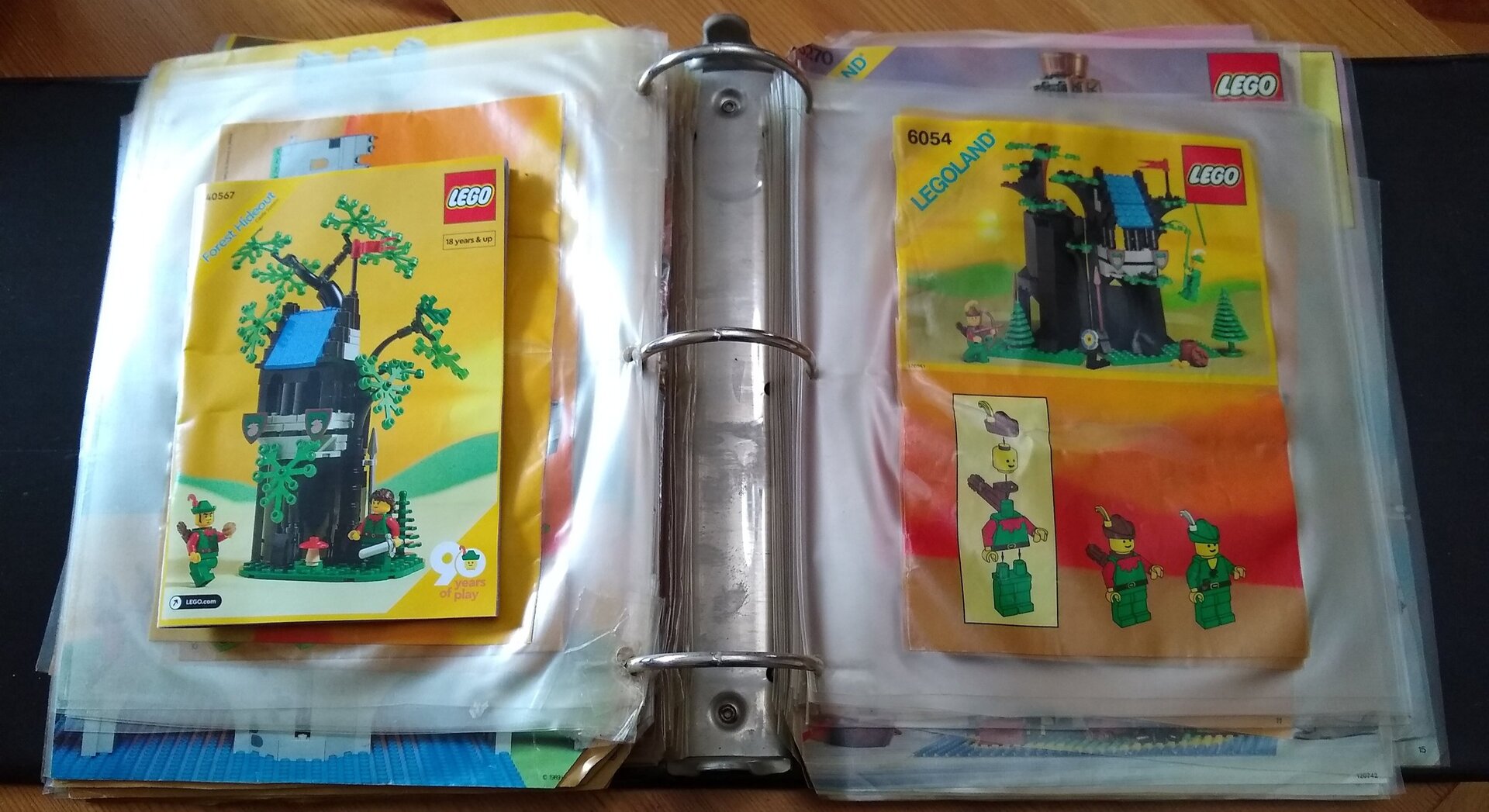
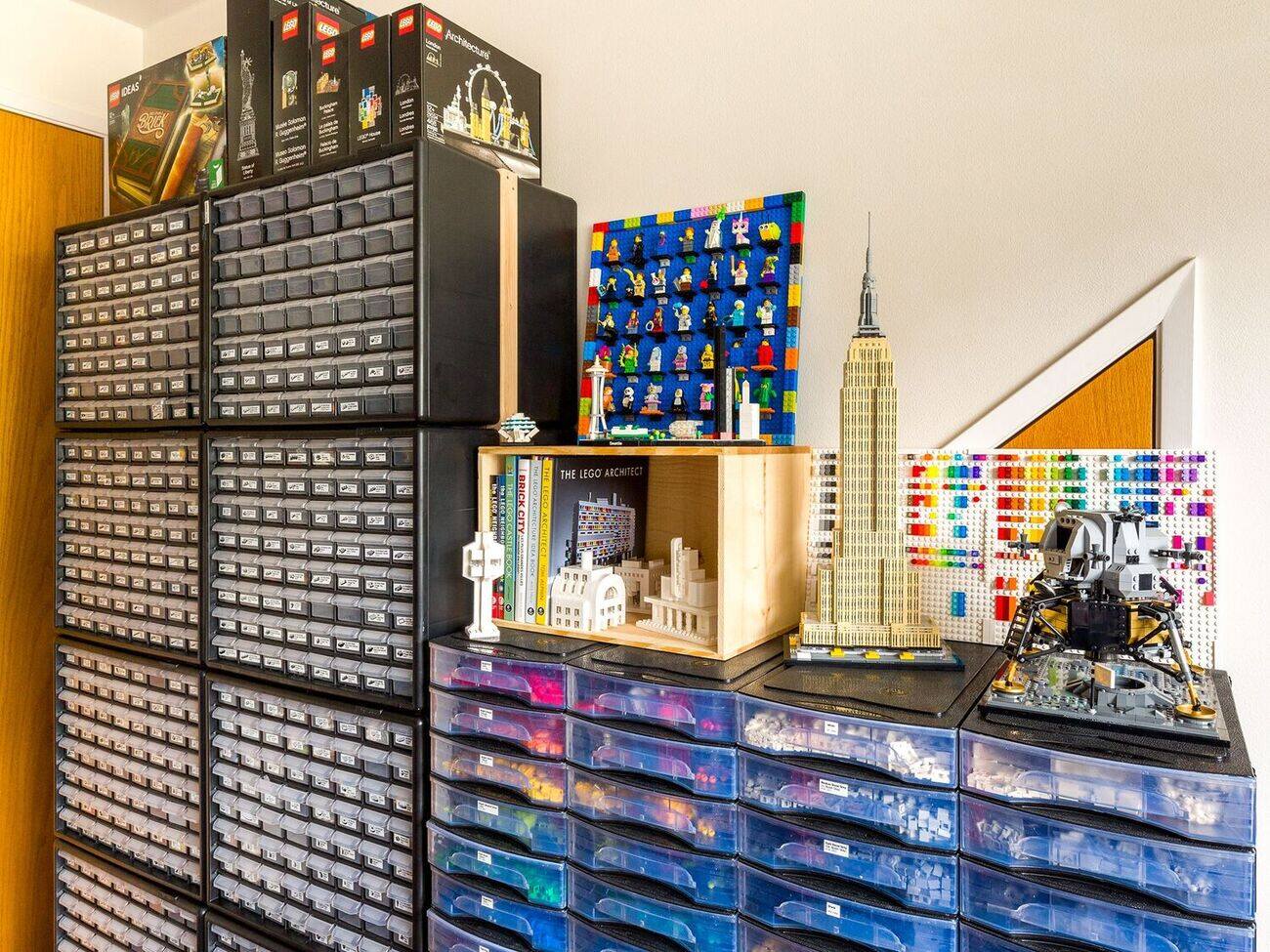
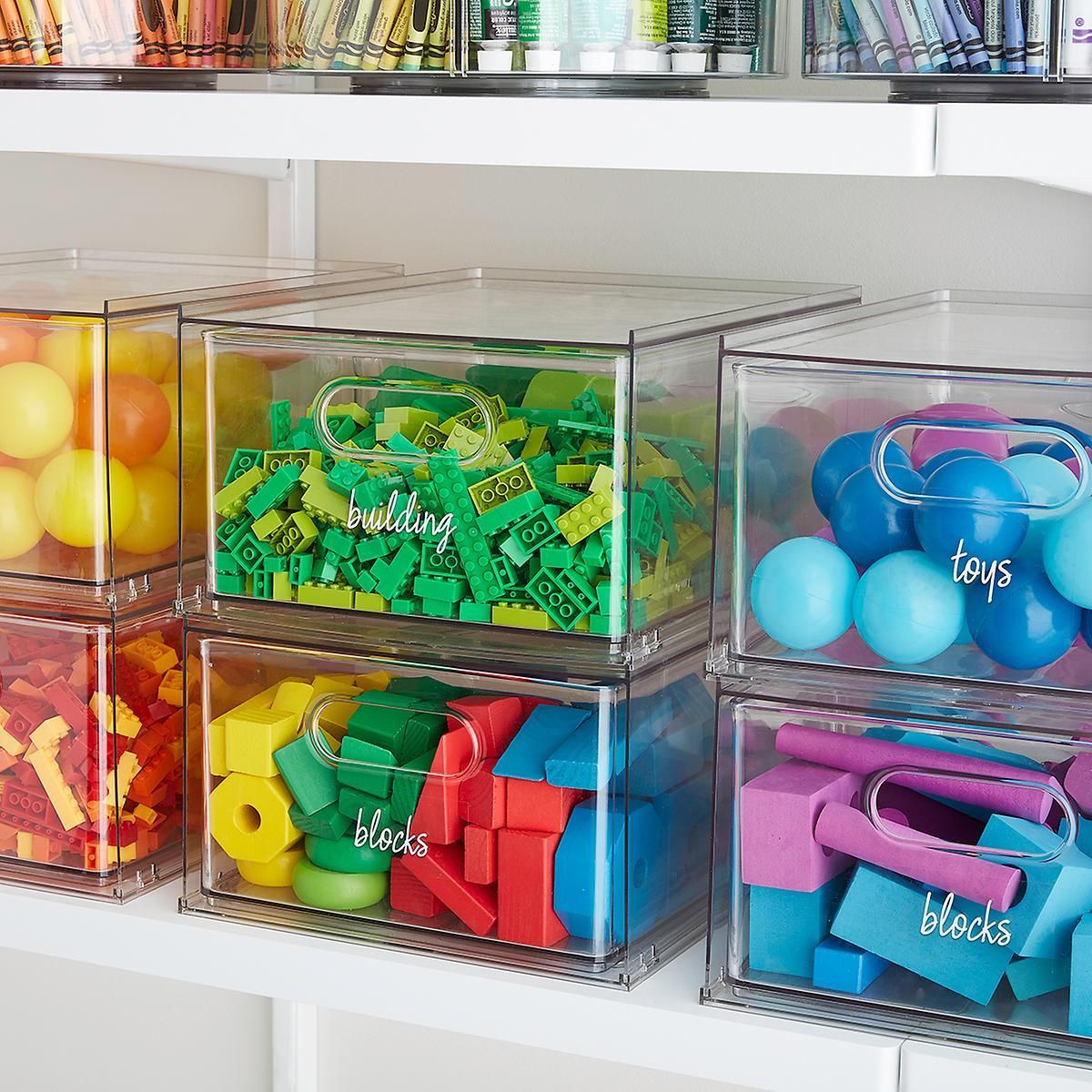
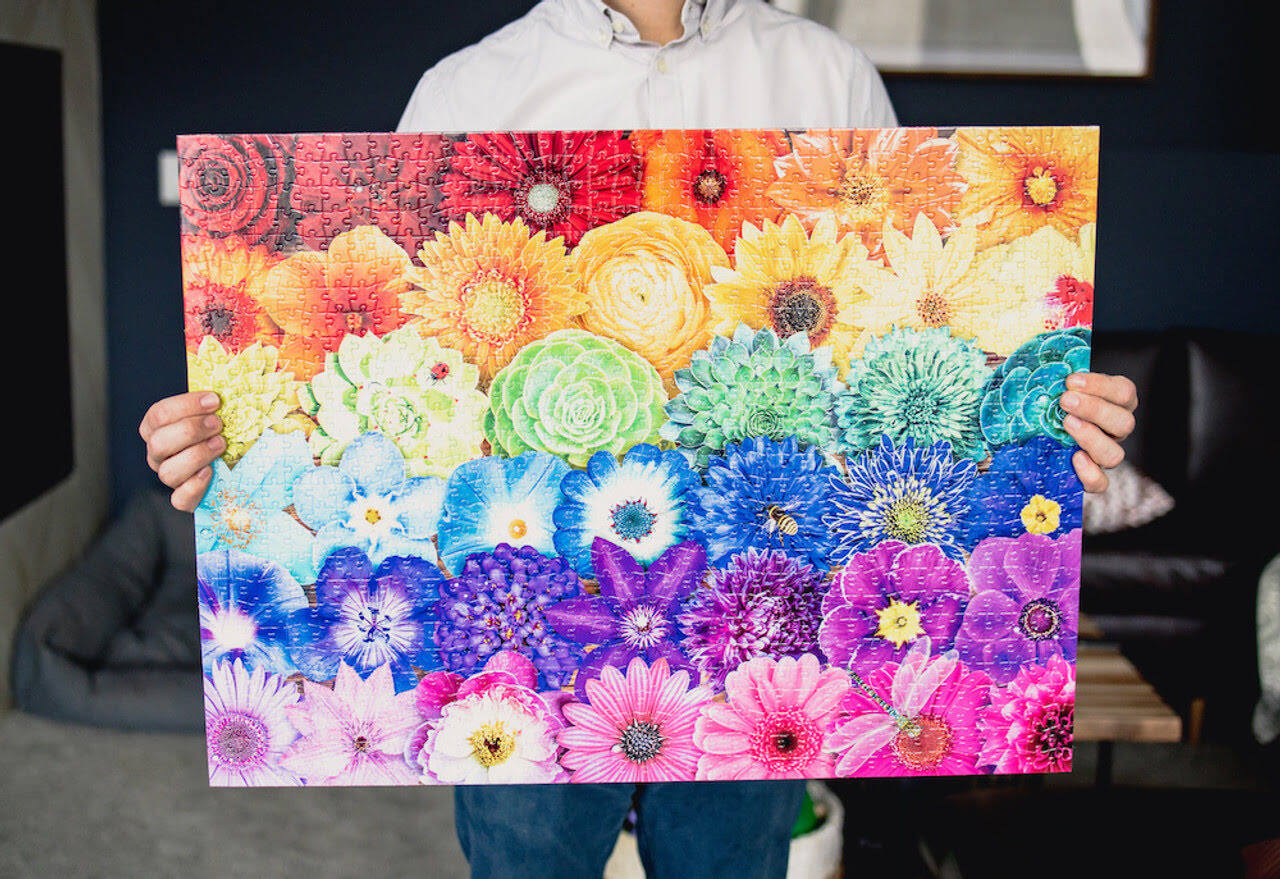
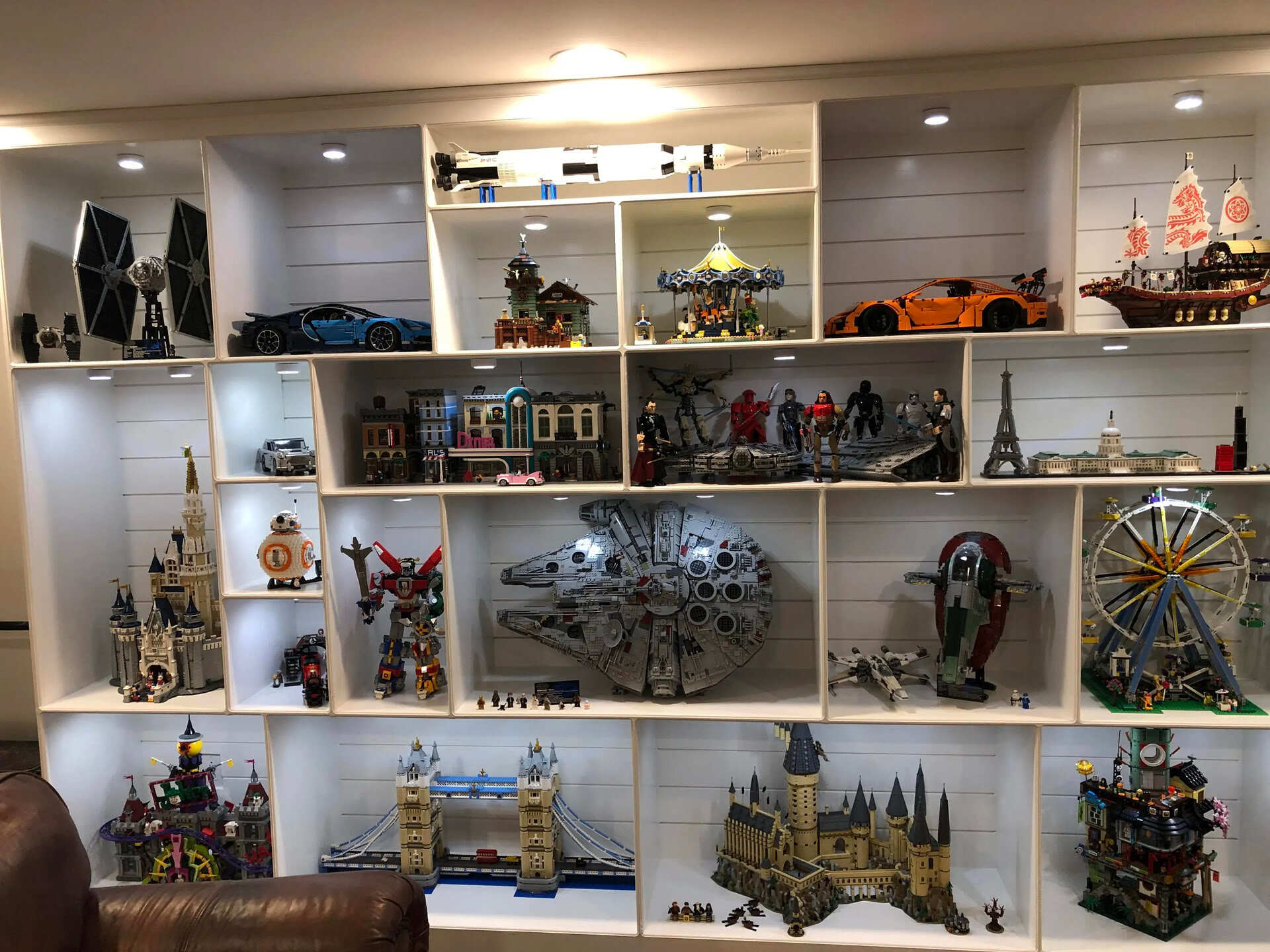
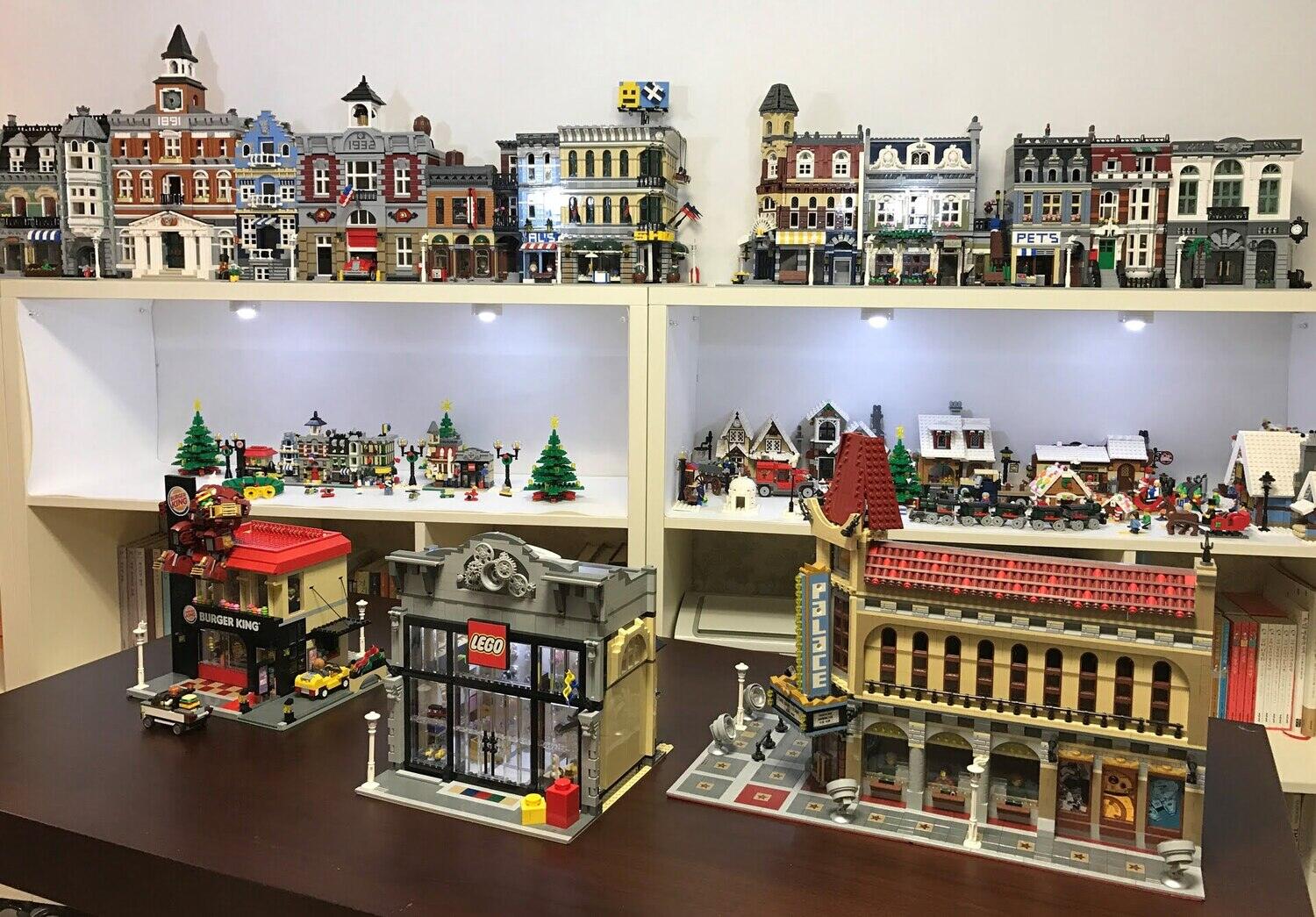
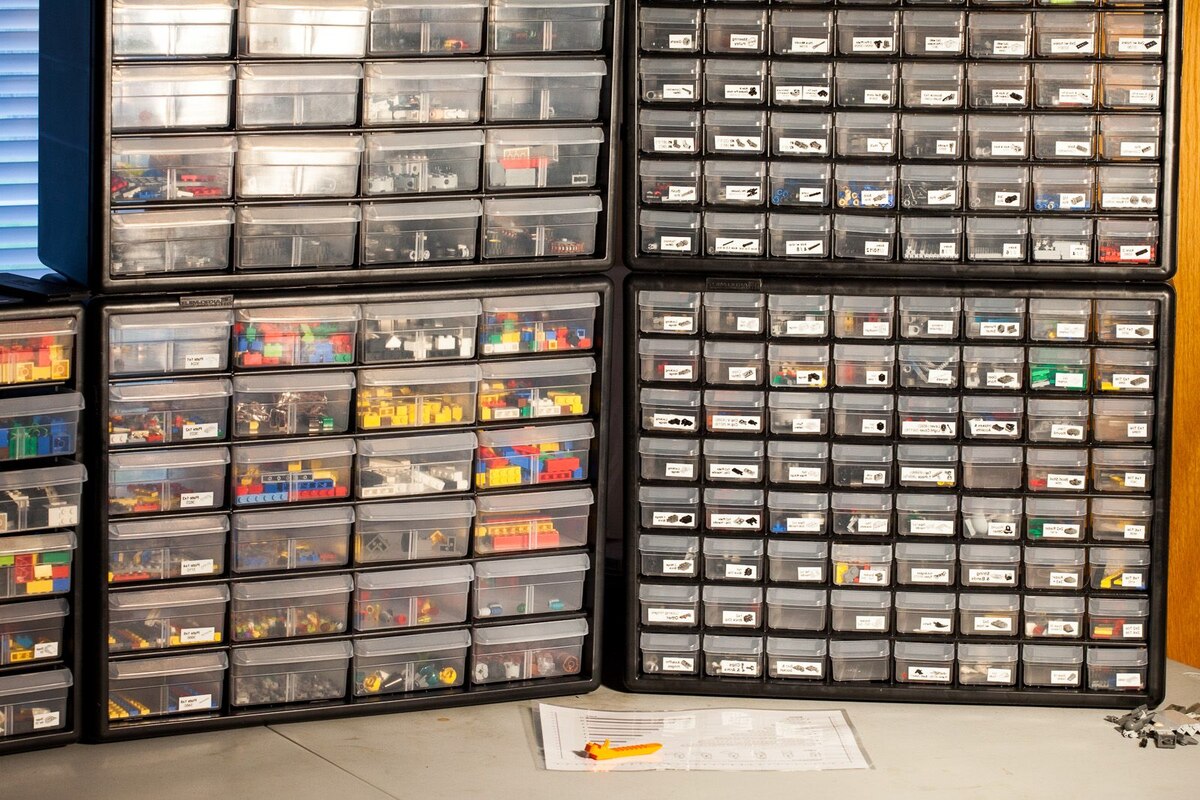
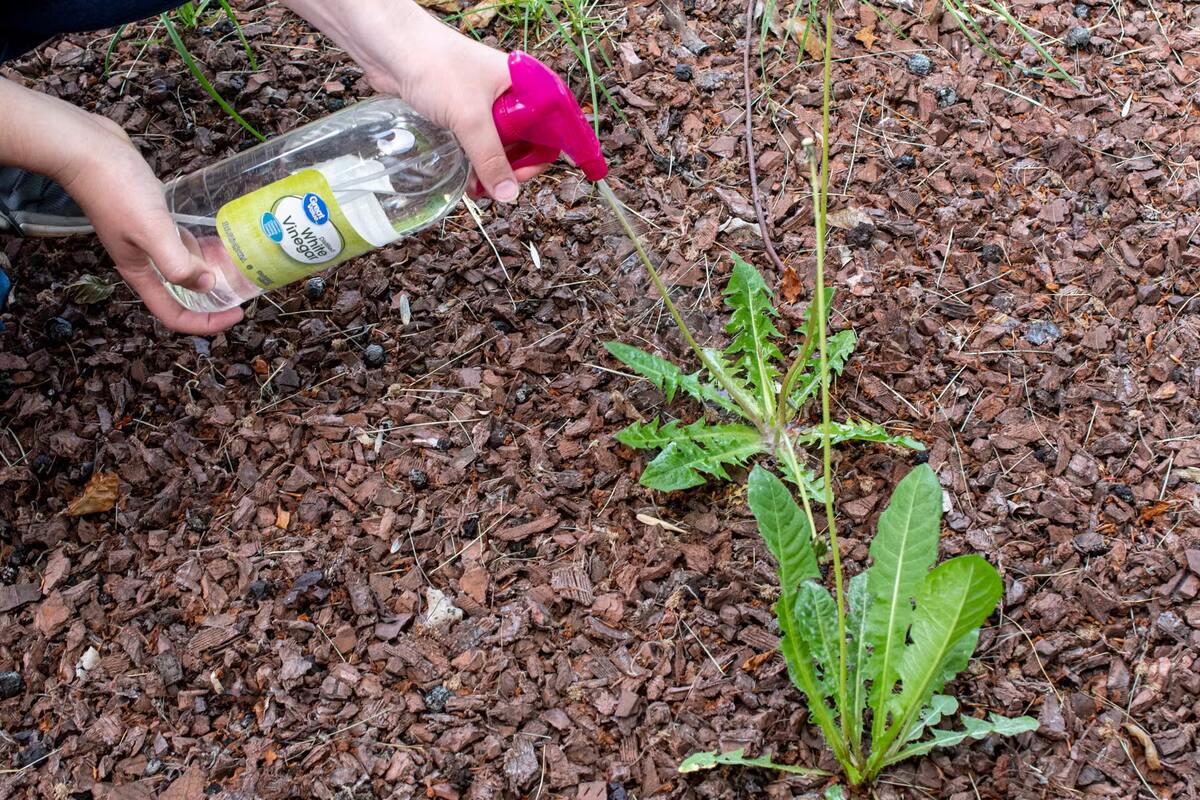
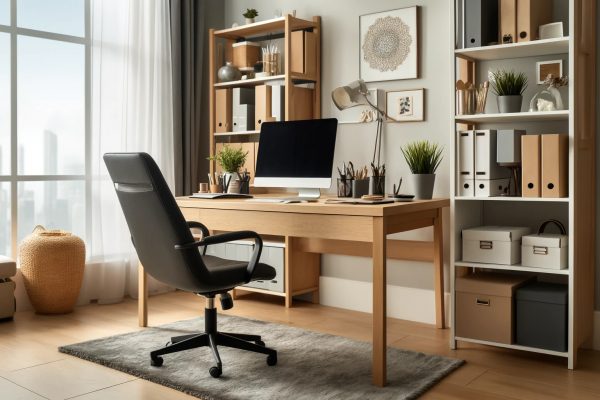

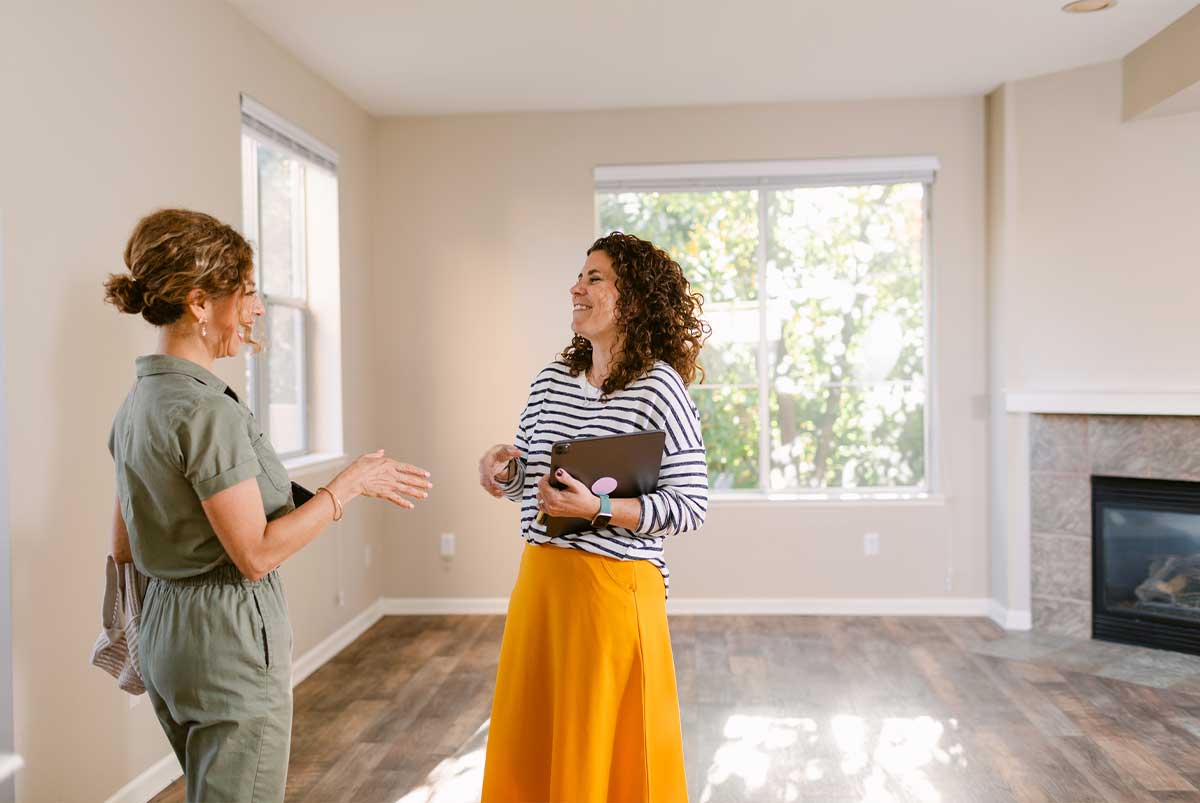


0 thoughts on “How To Store Completed Lego Sets”